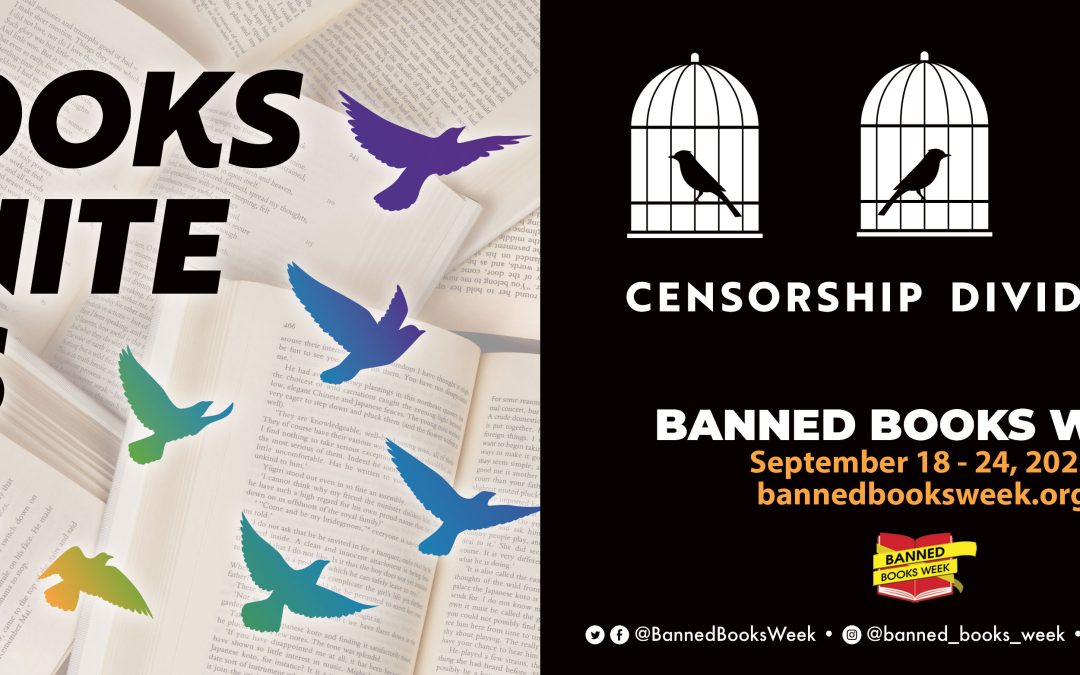18 September marks the start of Banned Books Week, an annual event launched 40 years ago to celebrate free access to books, reading and information. The theme of this year’s event is “Books Unite Us. Censorship Divides Us.” We at the IATEFL YLTSIG would like to mark this occasion by bringing you some of our favourite banned books as well as sharing useful resources and ideas with you that you can use in your classrooms this week and beyond.
Mummy Laid an Egg by Babette Cole
Elizabeth, Joint Events Coordinator
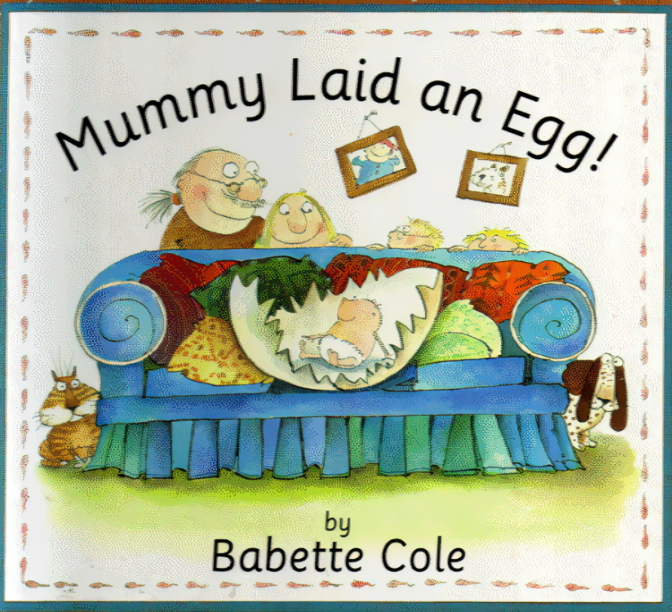
This hilarious book was published in 1994 and won the British Illustrated Children’s Book of the Year in that year. In the USA, it was published as Mommy Laid an Egg and under that title it was listed as number 82 in the American Library Association’s “100 Most Frequently Challenged Books of 1990-2000”.
When the kids ask their mum where babies come from, she makes all kinds of suggestions like babies are made from gingerbread, they grow from seeds and their dad says you can find them under rocks. The children decide to show their parents what they believe, by doing their own drawings.
The book deals with sex and reproduction in a funny and lighthearted way and it addresses the absurdity of telling your kids that the stork brings babies, the way I did!
I wish this book had been available when my three kids were young, the illustrations are beautiful, quirky and never vulgar. The words are simple yet effective, but the kids will have lots of questions after reading which parents will have to answer honestly and as adults. Needless to say, the book is more likely to discomfort parents rather than children, who will be thrilled at the prospect of getting the truth out of the adults!
Charlotte’s Web by E. B. White
Kate, Publication Editor (TEYLT Worldwide)
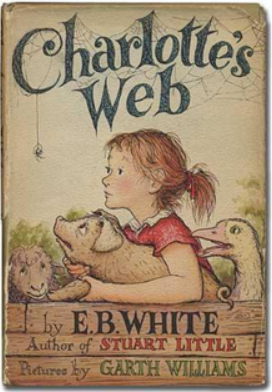
When I was a child, this book was my absolute favourite. For a child who loves animals and adores exploring the countryside, visiting farms and farmers’ markets (actually that’s still the adult me, too), it is a wonderful story.
The book has been banned in a small number of places or institutions for three main reasons: due to the anthropomorphism of the farm animals, which some felt was blasphemous, also – perhaps more so – because they were concerned that the ending of the story (no spoilers given, just in case) might upset children – it is not a happy ‘Disney’ ending. There are also reports of at least one UK school banning the book as they felt it could be insulting to Muslim children because the story centres around the love between Fern, a young girl, and the main protagonist, Wilbur, a pig. Whether we agree with these bans or not, I think they serve as an important reminder that we should be sensitive to different learners’ needs and backgrounds when selecting a story to use with our class.
Despite these concerns, in many contexts I have taught and teach in, I think Charlotte’s Web would be a great choice for the primary English classroom. I would have avoided it, though, when I was working with UAE primary children and teachers. There are a number of versions of the story, some simplified linguistically or versioned specifically for supporting reading skills, as well as spin-off stories, picture books and other resources which make it potentially suitable for different primary ages and learner levels. I would use the story as a starting point for a CLIL unit or series of lessons centering around the farm and other domestic animals. The focus of a unit project could be an exploration of farms in different countries, features of typical farms or the role of farming, or perhaps finding out about different domestic animals’ needs and exploring their relationships with people. I would use the anthropomorphism as a basis for character work, and have learners develop dialogues, sketches or a short play based on the story. They might add new characters, or they could focus on particular characters from the story and use their analysis to stay in-character as they write a spin-off story. They would create masks, perhaps costumes, bring realia (not the animals…) to create a mini farm corner in the classroom. This kind of project can easily be adapted to suit the level and age of learners by simplifying the language input and the language you would like the children to produce as well as the level of depth or focus of both the content and the related tasks.
There is also a film of Charlotte’s Web, which was very popular when it was released in 2006, and it is likely that many children in some contexts will have seen it (or could watch it at home with their family – in English, with subtitles perhaps) or they may have read the story in their own language. This will help them focus on the use of language in their English lessons and can help them really engage more deeply with both the stories and the related classroom activities – perhaps they will love it as much as I did!
Brown Bear, Brown Bear, What Do You See? by Bill Martin Jr.
Romina, Publication Assistant (Reviews)
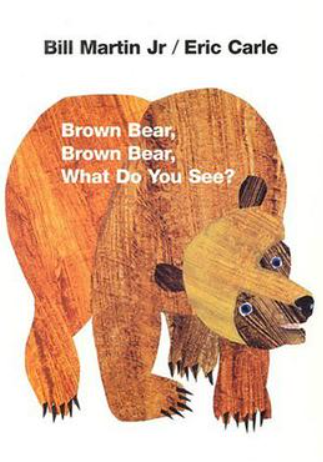
Brown Bear, Brown Bear, What Do You See? is a children’s literature classic, which was banned in elementary schools in the state of Texas, US. A very different Bill Martin – no Jr. and with no children’s books to his name – wrote Ethical Marxism: The Categorical Imperative of Liberation. The Texas Board of Education decided not to include any of Bill Martin’s books on the curriculum. After the case of authorship was clarified, Bill Martin Jr.’s Brown Bear was retrieved to the bookshelves in schools and libraries alike.
Brown Bear, Brown Bear, What Do You See? is a must-read in the young leaners’ classrooms. Bill Martin Jr.’s repetitive question-answer narrative structure and Eric Carle’s colourful illustrations fascinate my very young leaners. This picturebook has got great potential to do dialogic reading with students as they enjoy predicting the animals that will come page after page and guessing their colour as well. I also have sets of laminated images of the animals in the story for children to manipulate and recreate the story with or even make up their own.
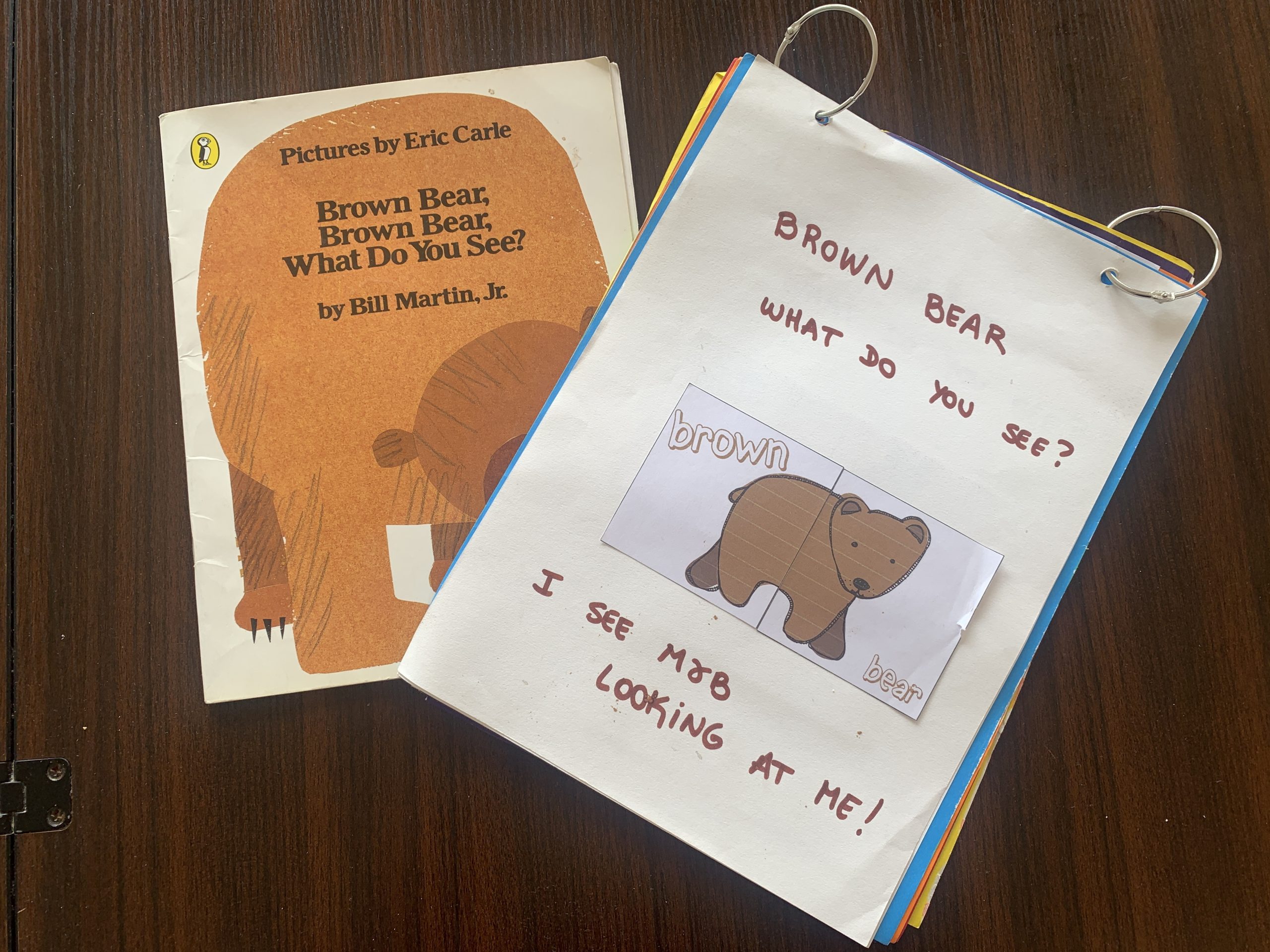
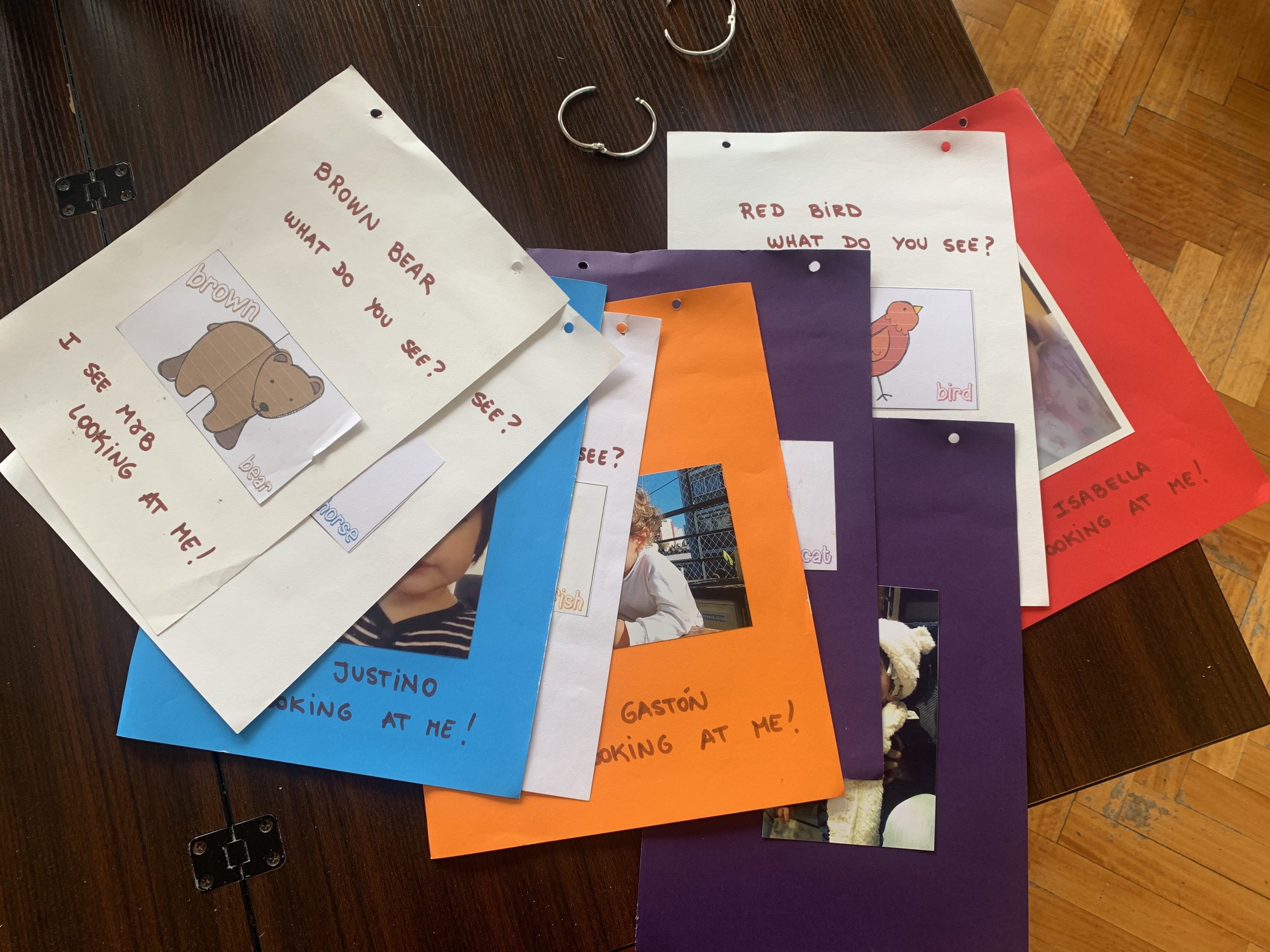
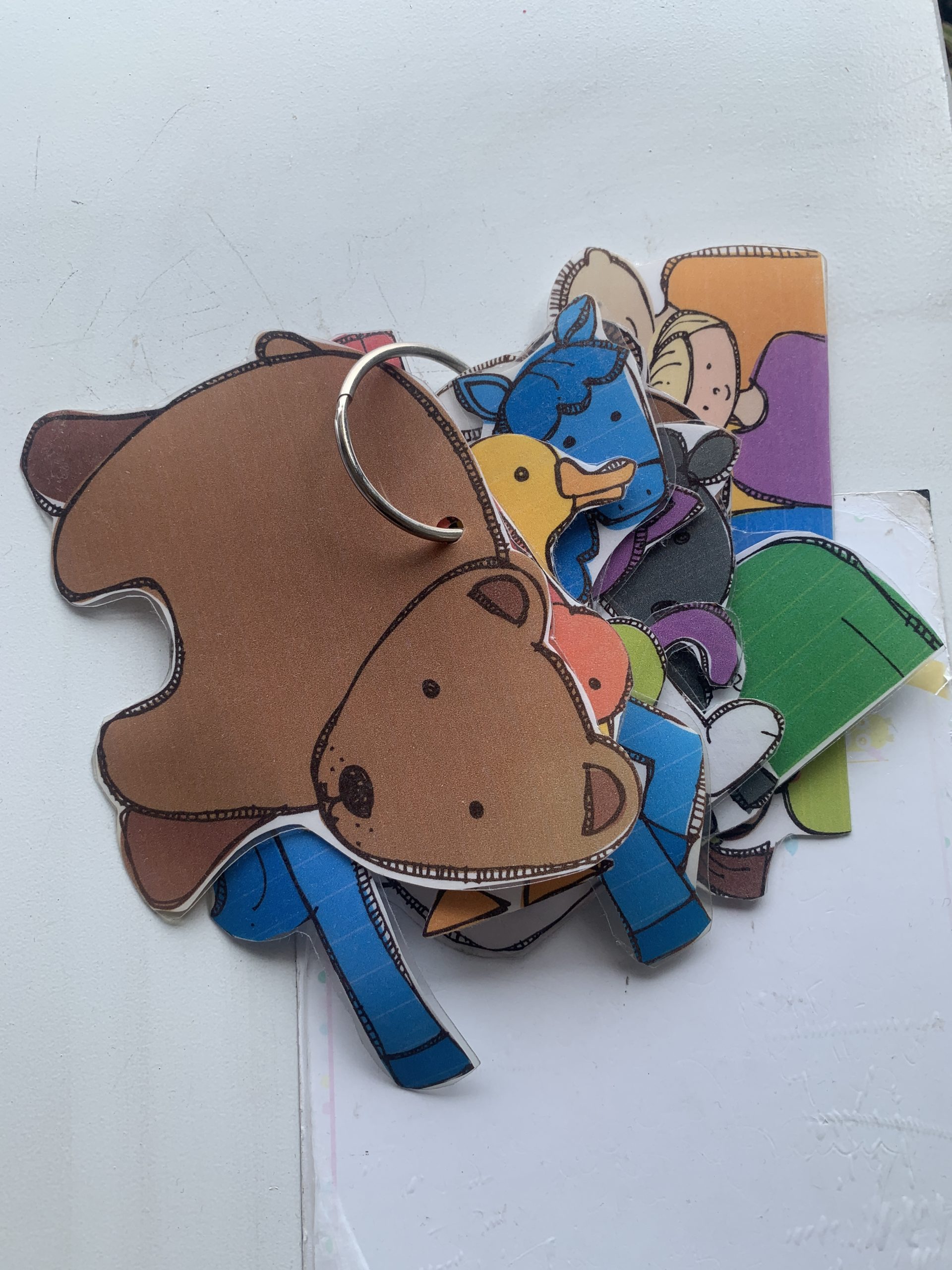
Brown Bear, Brown Bear, What Do You See? is a great fit for making a class book at the beginning of the academic year when students are getting to know each other and learning the names of their peers. To this end, I give each student a colour sheet to take home, so they can add a photo of them to it and write a short text: I see (name of student) looking at me! Then, I collect all their pages and intersperse them between the printables of the book. Finally, I will add my own photo, and on the last page, students will make a full-class collage. This collaborative class book, which stemmed from Brown Bear, Brown Bear, What Do You See?, will open the class routines and after a couple of weeks, it will visit each student’s home.
James and the Giant Peach by Roald Dahl
Adri, Publication Assistant (blogs)
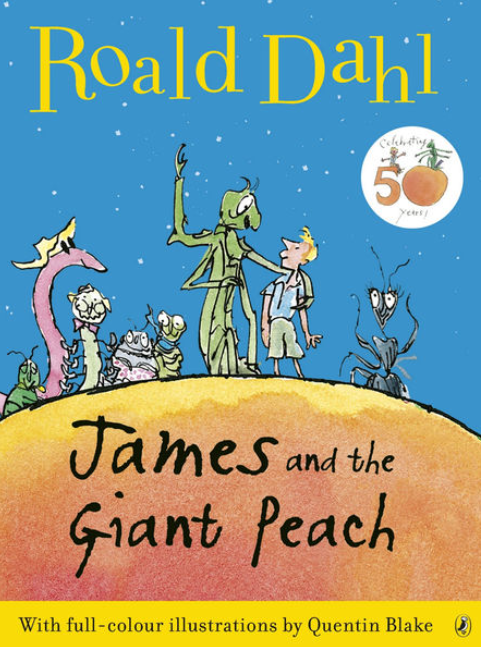
This classic has been banned several times in several places over the years. Some of the criticism relates to language use (‘ass‘ used to refer to a donkey), the story being too scary for the intended audience, references to tobacco and alcohol, challenging parental (!?) authority just to mention a few. Keeping all that in mind, it’s still one of my personal favourites. I find the story enchanting and so far removed from reality that it pulls the reader in completely even though it deals with some rather heavy topics too.
I have used the book successfully many times with upper primary learners. At upper intermediate and advanced levels, the learners enjoyed reading parts of the story out in class impersonating the different characters and one group even put on a puppet show. Another activity they’ve enjoyed was to come up with new characters for the story. I fondly remember one particular ‘Third Aunt’ who beat the other two at being horrible! I find that there are lots of aspects of this book that can be exploited such as language (e.g., descriptions of people and animals), sequence of events and storytelling, or creativity and imagination. It’s also a great book to establish links with other subjects – for an obvious Science link, we can learn a lot about the different animals through the characters. For more ideas, download the resource pack from Puffin Schools.
Drama by Raina Telgemeier
Laura, YLTSIG Coordinator
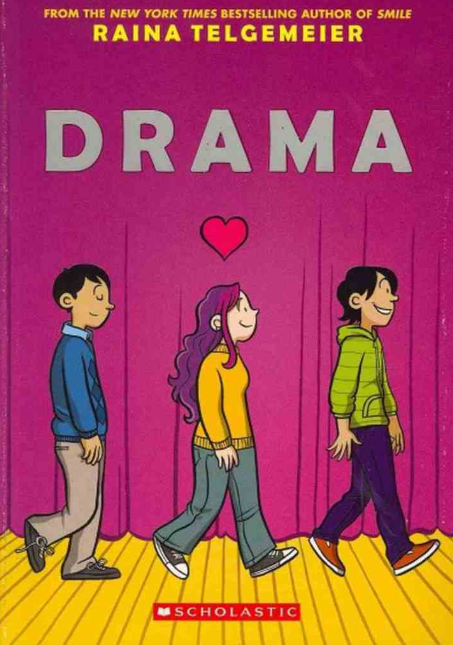
When we decided to write about banned books, I jumped at the chance to share Drama. This graphic novel has had a pretty much equal share of praise and controversy, mostly surrounding its normalisation of the LGBTQ community but also around allegations of presentation of racial stereotypes. Between 2010 and 2019 it was the seventh most banned book on the American Library Association’s list.
Drama’s main character is Callie, an American grade 7 student who loves the theatre and works on the backstage crew at her school’s drama group. While I was just such a theatre geek myself at that age, I believe Callie is relatable even if you weren’t! The story follows her as she deals with all the usual tween drama (pun intended) including complicated friendships, crushes, and an annoying younger brother. It’s a coming-of-age story that is pitched at a younger age group than many similar stories, which helps make it easier to bring across into the English Language classroom as the language is accordingly slightly simpler, and of course the fact that it’s a graphic novel provides crucial additional support in accessing an authentic text.
With the obvious caveat that in some cultures/contexts, this would not be a text that teachers could exploit, I still think it’s a great choice for those with more freedom to bring in texts with their DEI-related themes. I’d recommend using the online book trailer to generate interest with a class first of all. It could be further exploited to look at vocabulary for different emotions – the range of facial expressions is fantastic!
There’s a free-to-download teacher’s guide that offers lots of additional ideas and some resources, including a handy glossary of terms for talking about comics/graphic novels, and of some theatrical terms – ideal for language learners. It shares plenty of discussion questions and a list of possible follow up activities – I especially recommend the ‘Changing Media’ idea which suggests taking part of the story and trying to turn it into a text-only story using the existing dialogue and the images that accompany it. This would be a great task to scaffold and support language learners with a piece of more extended writing.
If you want to find out more about this story or get other teaching suggestions, this blog offers both – happy reading!
Thirteen Reasons Why by Jay Asher
Leticia, Joint Events Coordinator

Although it was first published in 2007, challenges to Thirteen Reasons Why by Jay Asher intensified after the release of the homonymous Netflix series. It’s important to point out, however, that, as it often happens, the series makes some changes to the original book. In general terms, the way the series deals with topics such as drugs, sex, alcohol, and suicide are much more graphic than in Jay Asher’s book. So, most challenges seem to be more a reaction to the series than to the book itself.
Thirteen Reasons Why brings the perspective of two teenagers on a series of events that lead to the suicide of one of them. In this journey, controversial issues are raised, such as consent and bullying, besides suicide, of course. These are delicate matters but, at the same time, are many times part of secondary students’ lives, so ignoring these topics means ignoring things that may be going on in our students’ lives. As Jay Asher points out himself, books that deal with controversial topics can help start a dialogue between adults and teenagers. And, in the case of Thirteen Reasons Why, this starting point is even more powerful because it brings the voice of teenagers talking about these topics. Another interesting discussion that can be held based on Asher’s book is the impact our actions may have on other people. This is particularly relevant for upper secondary learners because they are still developing this capacity of seeing the impact of their actions and of putting themselves on other people’s shoes.
Further resources
- You can find great resources to go with this year’s theme on the Banned Books Week website: they have a Handbook, which is full of resources, tips and ideas on how to celebrate and discuss censorship; they also provide Program Kits to host pub quiz style events. All you need to do is to fill in a simple form and download the resources. There are also more Educator Resources here.
- There are great resources on the PEPELT Facebook page for banned picture books:

